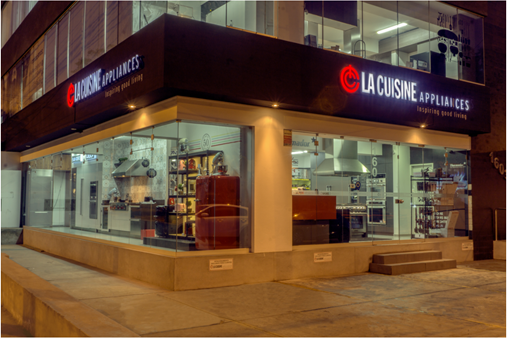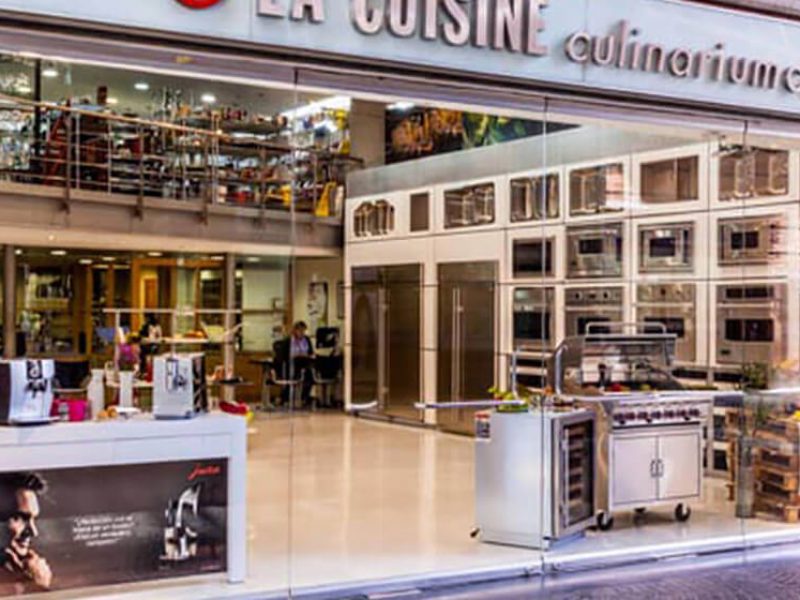
Our Company
Locations
Contact Us
Newsletter
Sign up to receive email updates on the latest products, collections and campaigns.

Fiber cement is presented as an excellent choice in construction claddings. This material that is being used more frequently every day in the design of buildings, has the purpose of reducing the costs of maintenance in a strong trend to develop smart constructions that favor the coexistence in the best possible conditions.
It happens that nowadays, architecture leans more towards sustainable constructions with a minimum expense, requiring resistant materials that at the same time are aesthetic and withstand climate changes, use and abuse, aside from maintaining the “personality” that sustains the design.
Fiber cement is among the various types of claddings that attempt to replace the already obsolete paint. This material is not new, but it is currently in full swing due to the many advantages it offers. These advantages range from an environmentally friendly manufacture to fairly low installation costs. However, not everything is positive, so its benefits can be literally counted in a gray area.

The Bright Side
Fiber cement was developed by Ludwig Hatschek in the 19th century who named it Eternit due to its quality and durability. Thus, it’s a mixture of cement, water, and natural and synthetic fibers, among them, glass fibers as reinforcement of cladding, in replacement of the asbestos that worked as the main element of this material until its prohibition because of its toxic effects.
Fiber cement is produced in sheets of different sizes, orientations, shapes, and finishes. That makes it truly versatile and useful for different surfaces. Besides, these sheets are easy to cut and perforate.
The material is waterproof and quite resistant to humidity, which makes it ideal for exterior claddings. In this case, its presentations in tiles and panels are preferred.
For the manufacture of fiber cement, the consumption of electric energy is quite low and its residues, are recyclable, which results in a much lower cost than other materials of its type. Another of its advantages, is its resistance to fire and fungi.
When it comes to aesthetics, fiber cement is a material that, as we said before, is very versatile. The grey in rustic cement is very trendy, but it’s not the only way in which this cladding can be used.
Manufacturers offer to color the sheets at the request of the user, and they can also be painted after being installed. On the other hand, fiber cement also offers an artisanal character, since the finish of its pieces can be modified based on what the client wants. From a wood imitation to a corrugated or completely smooth effect, it will all depend on the desire of the designer

The Grey Area
Despite all the advantages previously described, fiber cement also has its flaws. On the one hand, there is the possibility of including the feared asbestos among its ingredients, which must be questioned by the buyers due to the harmful effects of this compound on health.
On the other hand, fiber cement must be combined with other supporting materials to provide maximum efficiency for several requirements: thermal and acoustic insulation, moisture penetration, and impenetrability against air currents. Another of its flaws is the difficulty to finish corners, which requires a well-qualified staff to achieve a clean effect.
Those who look for the perfect material to cover and modernize their home or to give the ideal finish to the most modern constructions, have in fiber cement an elegant option that, despite its advantages and flaws, seems to be a good candidate to be at the top in terms of the claddings of the future.

Sign up to receive email updates on the latest products, collections and campaigns.
Carrera 9 Nº80-45
Bogotá D.C., Colombia
Monday to Friday: 11:00 a.m. - 07:00 p.m.
Saturday: 11:00 a.m. - 06:00 p.m.
(+571) 432.7408/7493

Calle 77 #72-37
Barranquilla, Colombia
Monday to Friday: 08:00 a.m. - 06:00 p.m.
Saturday: 09:00 a.m. - 01:00 p.m.
(+57) 605 352 0851

Edificio La Cuisine
Costado Suroeste, C.C. La Paco
Escazú, Costa Rica
Monday to Friday: 09:00 a.m. - 05:00 p.m.
Saturday: 10:00 a.m. - 04:00 p.m.
(+506) 4000.3555

Galerías de Puntacana No. 51
Punta Cana, La Altagracia, R.D.
Monday to Friday: 09:00 a.m. - 06:00 p.m.
Saturday: 10:00 a.m. - 01:00 p.m.
(809) 378.9999

C/Rafael Augusto Sánchez No.22,
Piantini, Santo Domingo, R.D.
Monday to Friday: 09:00 a.m. - 06:00 p.m.
Saturday: 09:00 a.m. - 01:00 p.m.
(809) 378.9999

18187 Biscayne Bvld., Aventura
FL 33160
Monday to Friday: 10:00 a.m. - 06:00 p.m.
Saturdays by appointment.
(786) 322 5432
www.lacuisineappliances.com
sales@lacuisineappliances.com

3232 Coral Way,
Miami FL 33145
Monday to Friday: 10:00 a.m. - 06:00 p.m.
Saturday: 10:00 a.m. - 03:00 p.m
(305) 442-9006
www.lacuisineappliances.com

2005 NW 115th Avenue
Miami, FL 33172
Monday to Friday: 09:00 a.m. - 05:30 p.m.
Saturday: Closed
(+1) 305 418.0010
info@lacuisineinternational.com

Obarrio. Av. Samuel Lewis,
Addison House Plaza,
Local No.11, Panamá
Monday to Friday: 09:00 a.m. - 06:00 p.m.
Saturday: 10:00 a.m. - 04:00 p.m.
(+507) 265.2546/2547

Av. Caminos del Inca 1603,
Santiago de Surco, Perú
Monday to Friday: 10:00 a.m. – 07:00 p.m.
Saturday: 10:00 a.m. – 01:00 p.m.
(+511) 637.7087

Centro Comercial San Ignacio, Nivel C, local No.5
Caracas, Venezuela
Monday to Saturday: 10:00 a.m. – 07:00 p.m.
(+58) 212 264.5252
(+58) 414 018.5352 (Wholesale)
ventas@lacuisineappliances.com

Complejo Pradera Ofibodegas No.13,
20 calle final Z. 10 Km. 6.8 Carretera a Muxbal,
Santa Catarina Pínula, Guatemala
Monday to Friday: 08:00 a.m. - 05:30 p.m.
Saturday: 09:00 a.m. - 12:30 p.m.
(+502) 6671-3400
